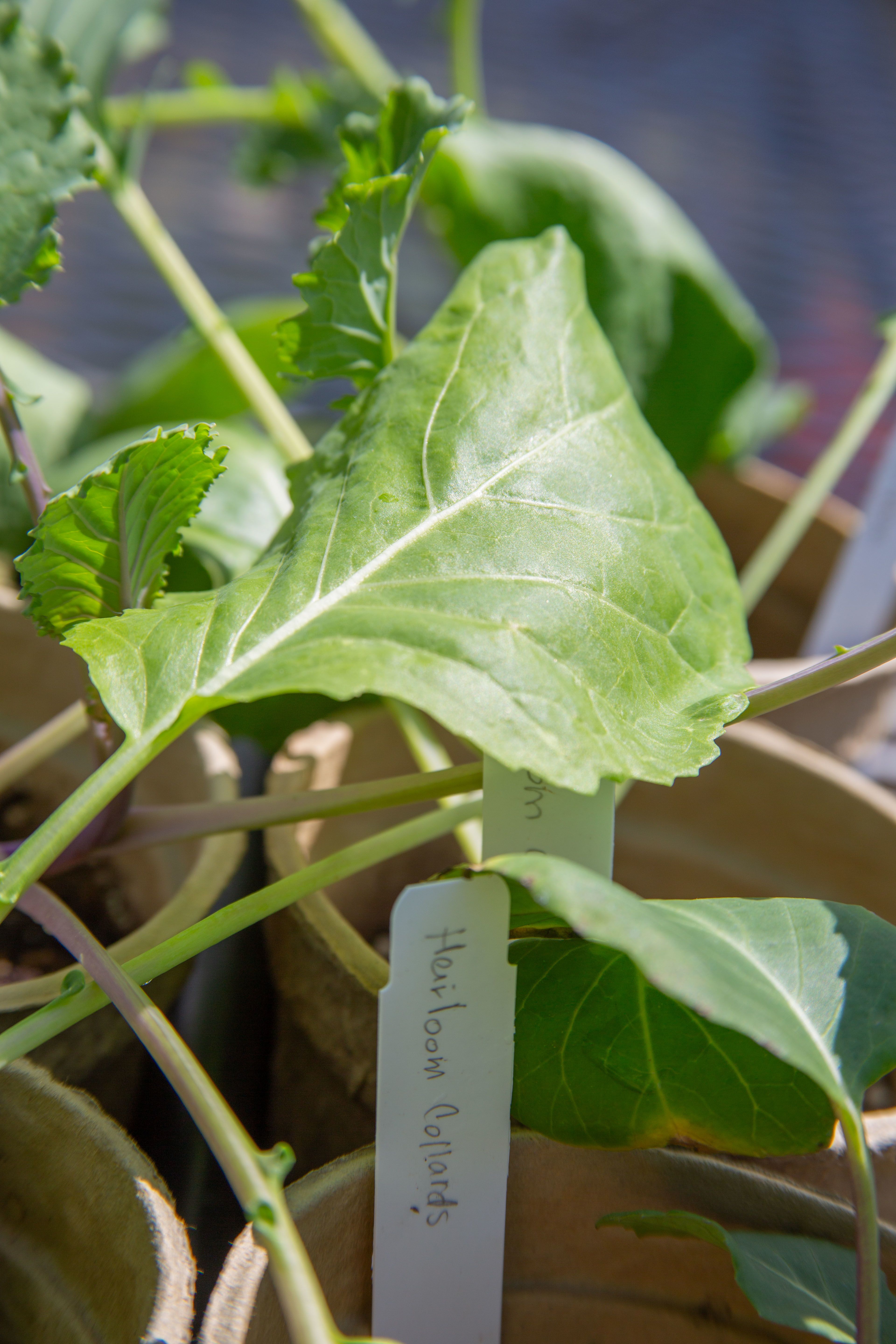Community-led collard evolution
UGA collaborates with grassroots organizations to preserve heirloom collards, supporting seed sovereignty and resilient food systems across the South.
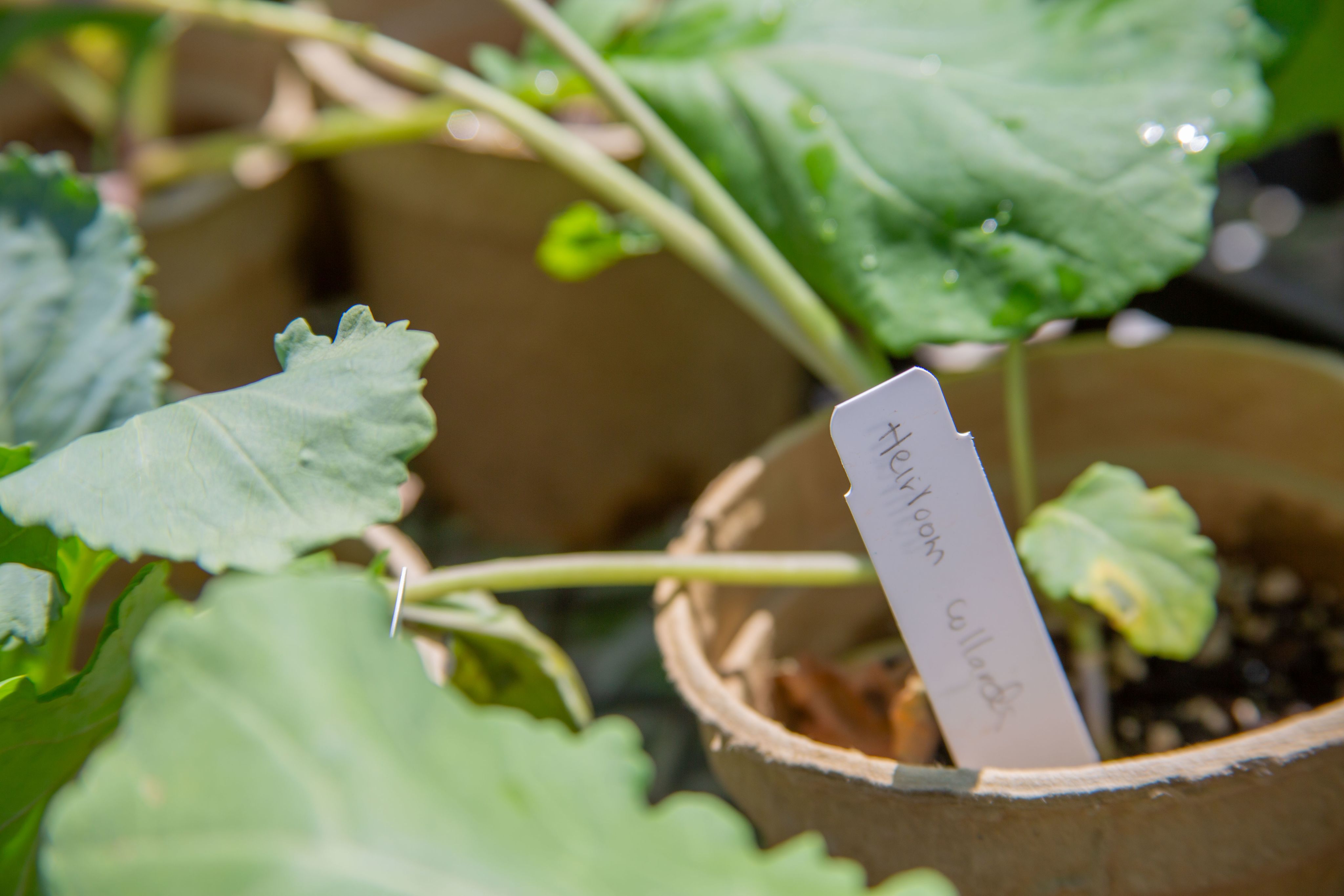
Consider the collard green — sturdy, hearty and rich in nutrients, the vegetable is beloved in homes worldwide. Although collard greens trace back to Europe and the Mediterranean, they’re deeply tied to the American South.
While British and Irish immigrants introduced collards to the U.S. in the early 1700s, it was primarily Black families, many brought from West Africa through the transatlantic slave trade, and poor white families who embraced collards, recognizing the value of both the greens and the mineral-rich pot likker left after cooking.
Their stewardship helped make collards a Southern staple and lasting symbol of tradition, passed down from generation to generation in home gardens.
Fewer small farms
Over the past century, however, the number of farms in the U.S. has dropped from nearly 7 million to just 2 million, and the average farm size has more than doubled as agriculture has shifted toward large-scale, industrialized systems. The incredible diversity of heirloom collard varieties once found in backyard gardens and small farms, many of which had been carefully saved and shared for generations, began to disappear.
Recognizing the significance of this loss, cultural geographer Ed Davis of Emory and Henry College joined forces with U.S. Department of Agriculture plant geneticist Mark Farnham in the late 1980s and early '90s to find and collect heirloom collards still growing in the South. With co-researcher John Morgan, they explored the region, knocking on doors, talking with farmers and home gardeners who had saved seeds inherited from parents or grandparents.
Identifying heirloom collard varieties
Their efforts resulted in the Davis-Morgan Collection, a trove of more than 90 distinct heirloom collard varieties. Building on that momentum, collard enthusiast Ira Wallace of Southern Exposure Seed Exchange learned of the collection and set out on a mission to engage other seed saving advocates to not only preserve the biological diversity of collards but also ignite a cultural movement to reconnect communities with these dynamic, flavorful greens and the stories they carry.
This effort has since grown into the Heirloom Collards Project, a collaborative movement of seed savers, farmers and academics working to steward these varieties and their continued evolution.
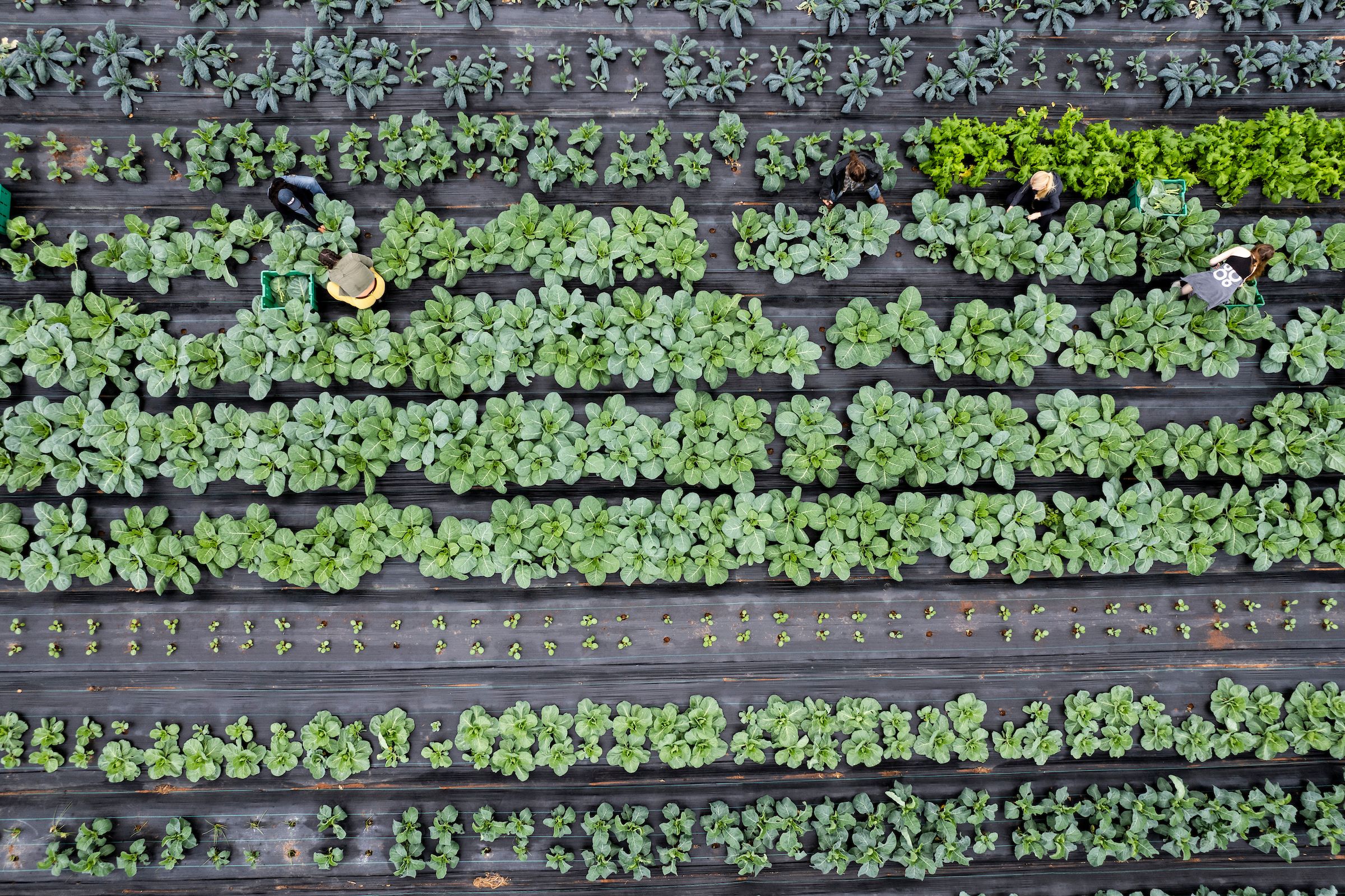
In 2020, a collaborative planting of 20 heirloom collard varieties was carried out by nine organizations across the country. One of the organizations, The Utopian Seed Project, grew an additional variety called 'Lottie', bringing their total to 21.
Because collards are obligate outcrossers — meaning they can't self-pollinate — growing these varieties side by side encouraged natural cross-pollination.
Planted in a randomized two-block design, the 21 heirloom varieties were given ample opportunity to cross-pollinate. The resulting population was dubbed "Ultracross Collards," exhibiting a diverse gene pool capturing a wide range of colors, leaf shapes and growth habits.
This diversity not only reflects the heritage of the original heirloom varieties but also introduces new combinations that can be selected for desirable traits like cold hardiness, flavor and pest resistance. This collective effort is to preserve and expand the role of collards in American food and farming systems.
Together, they form the foundation of a new generation of collards with the potential to build a more resilient, diverse and adaptive food system.
Preserving heirloom collard diversity
This nationwide collaboration is guided by (from left to right) Chris Smith, executive director of The Utopian Seed Project, Bonnetta Adeeb of Ujamaa Seeds, and veteran seed saver Ira Wallace of Southern Exposure Seed Exchange, who has been instrumental in stewarding the heirloom collard collection for decades.
Together, the team brings historical knowledge and a shared passion for community-based seed sovereignty, inviting more partners to build the momentum.
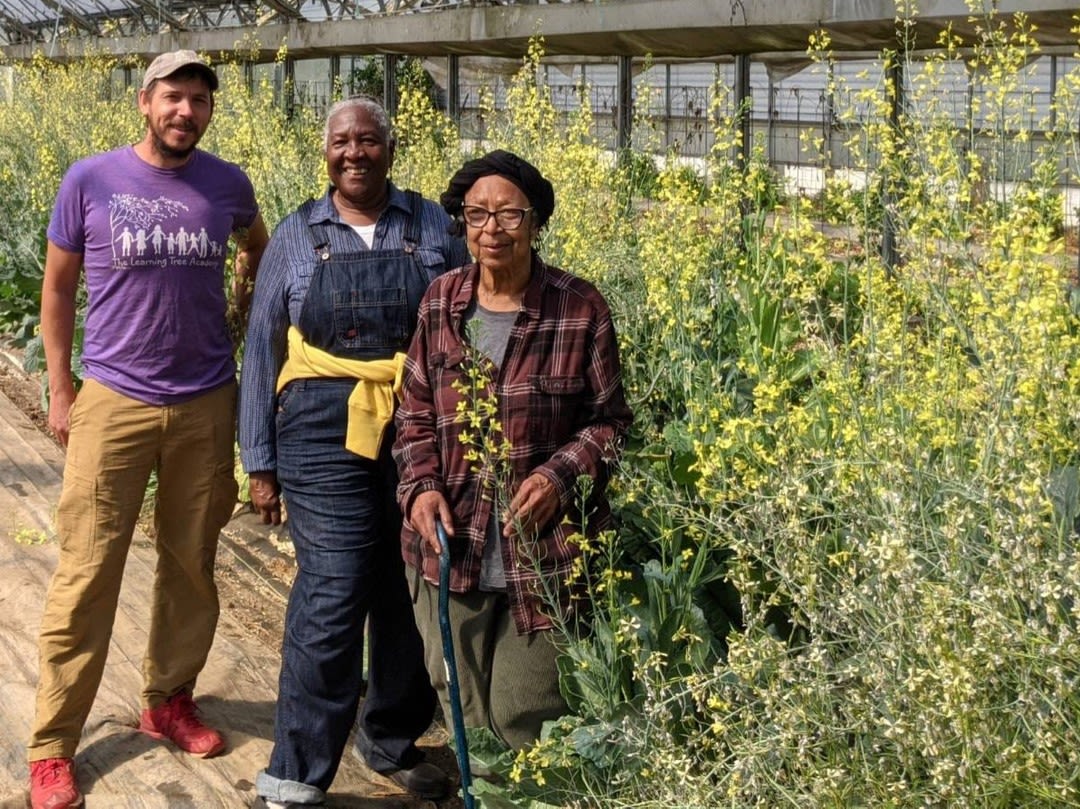

Seed saving in the UGArden classroom
Jennifer Jo Thompson, a faculty member in the University of Georgia's College of Agricultural and Environmental Sciences (CAES), teaches courses on community food systems.
As part of a U.S. Department of Agriculture-funded collaboration with Spelman College’s Food Studies Program, Thompson attended a seed-saving workshop hosted by Spelman and featuring Ujamaa Seeds, the Utopian Seed Project and researchers from Princeton’s heirloom gardens oral history initiative. There, she was invited to join the growing effort to steward heirloom collard seeds.
Thompson incorporated the project into her "Food Systems Sustainability, Security and Resilience" course, engaging students in hands-on seed stewardship. They help to grow, save and share hybrid crosses of these treasured varieties, supporting seed sovereignty, regional adaptation, and the communities who have long carried this legacy forward.
To strengthen connections with the local farming community, Thompson began working with Smith to organize an Heirloom Collards Field Day focused on farmer engagement and seed stewardship. Smith led the workshop and field day at UGArden, the student community farm at UGA, where Thompson is growing these heirloom varieties as part of the regional effort.
Chris Smith, executive director of The Utopian Seed Project
Chris Smith, executive director of The Utopian Seed Project
Smith sees this work as more than agriculture. It's about cultivating community among farmers, researchers, gardeners, chefs and food lovers who value diversity not just in crops, but in culture and cuisine.
Collards require pollen from neighboring plants to produce viable seed, which can make isolating pure varieties tricky, but cross-pollination is an ideal trait for creating genetically diverse populations.
As the Heirloom Collards Project expands, growers are encouraged to participate in the crop's ongoing evolution, selecting for traits suited to their climates, growing requirements and personal taste preferences from their healthiest, most vigorous plants.
This approach not only strengthens collards against changing environmental pressures, but it also preserves their continued cultural significance.
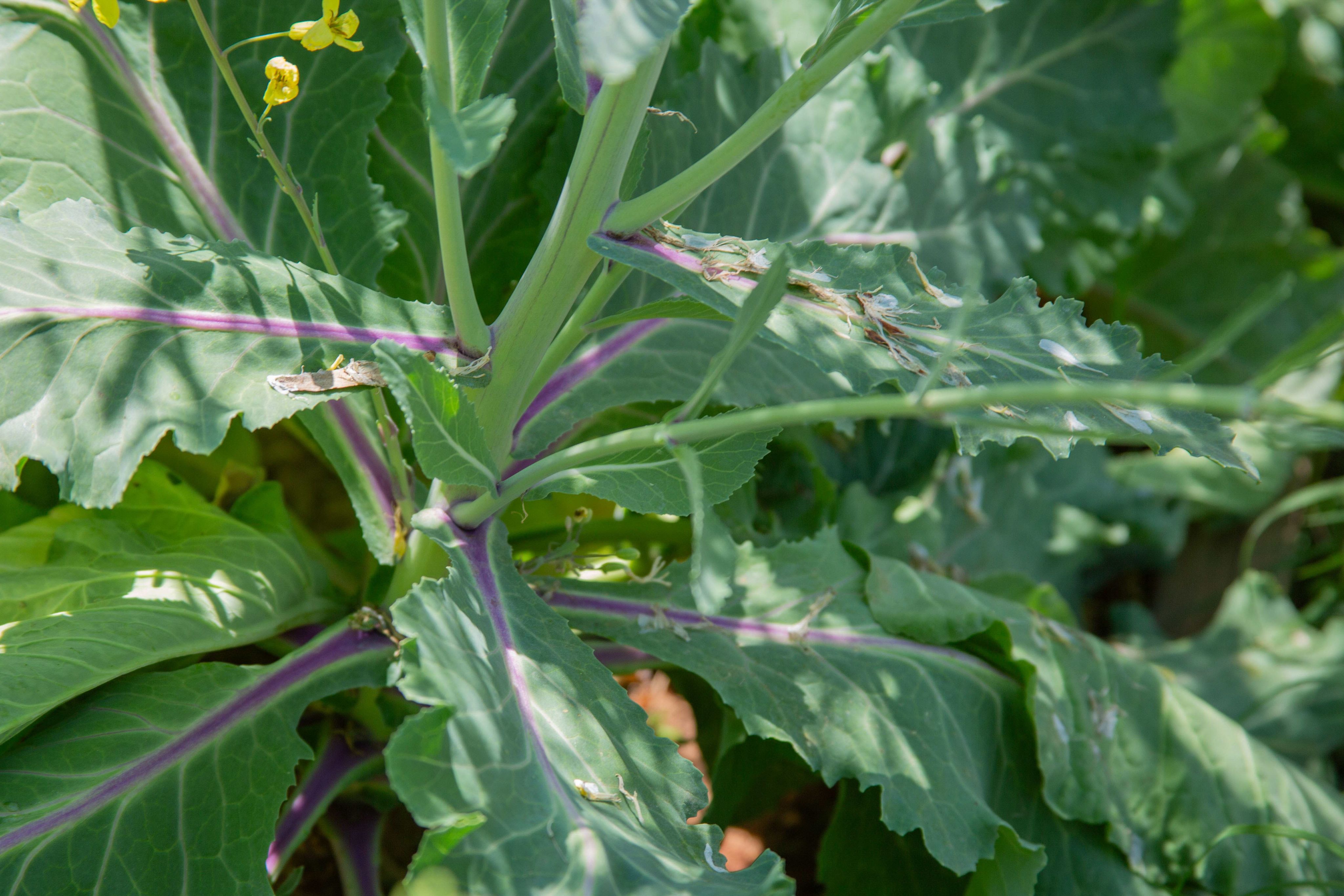
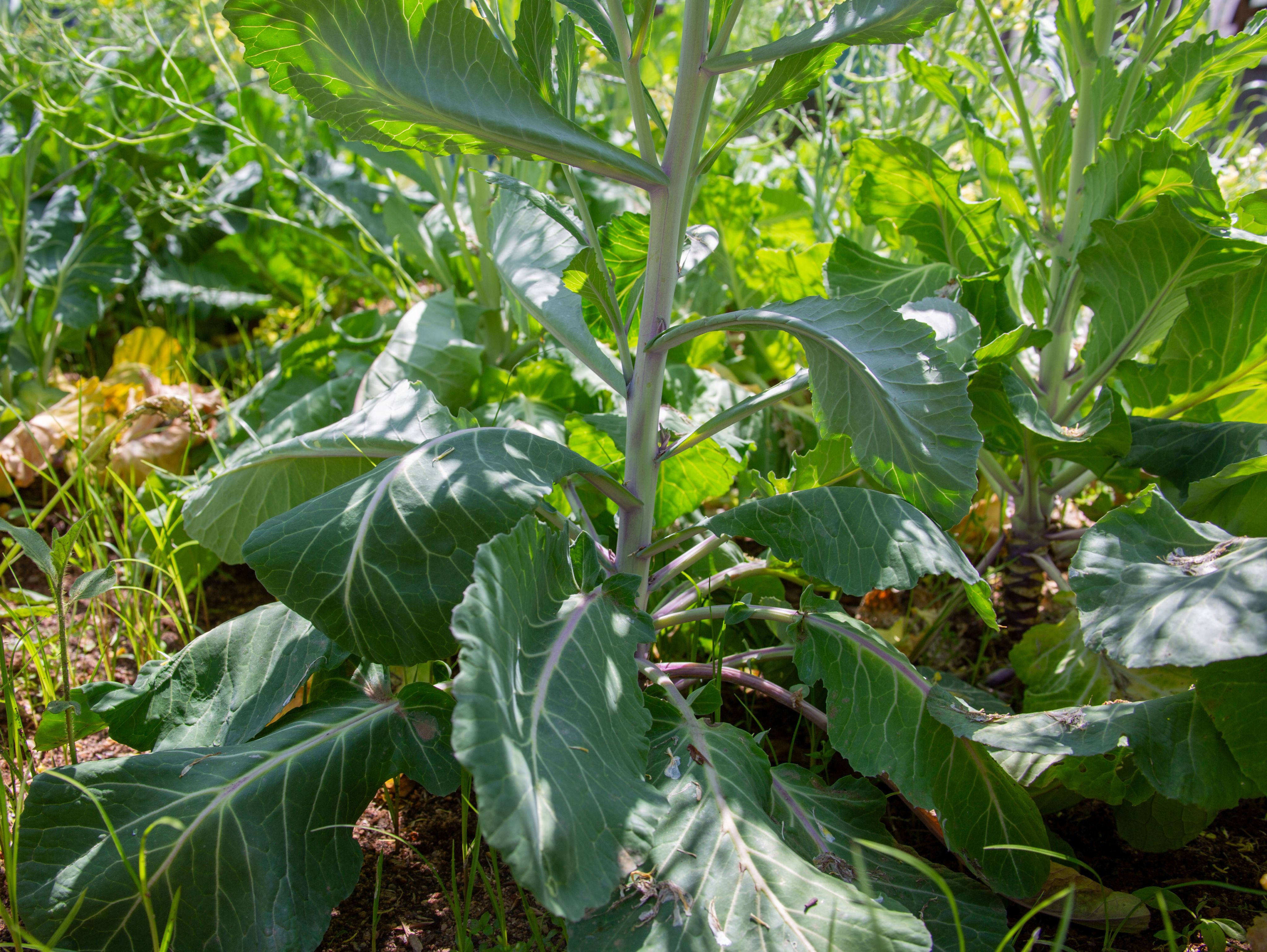
Ujamaa Seeds provided the original heirloom collard seeds to Thompson. They are now grown, saved and shared with the public at UGArden, where seeds will continue to be replanted, saved and shared as part of an ongoing effort, extending the project's reach into Georgia and into the next generation of growers.
Jennifer Jo Thompson, senior research scientist in the UGA Department of Crop and Soil Sciences
Jennifer Jo Thompson, senior research scientist in the UGA Department of Crop and Soil Sciences
As spring fades into early summer, the collard plants finish their life cycle. Over several weeks, their slender seed pods dry on the stalk, turning brown and brittle. Before the pods shatter and scatter, UGArden staff and students harvest the stalks and move them to a covered, well-ventilated space to continue drying.
In addition to growing and observing the collards, UGArden students also document plant development, contribute photos to the Heirloom Collard Project, and participate in seed-saving each May, collecting several pounds of seed from the year's crop.
(L-R) AmeriCorps VISTA volunteer Madison Dickey, Postdoctoral Associate Nicole Nunoo, Campus Kitchen Coordinator Andie Bisceglia and UGArden Director Tyler Brooks
(L-R) AmeriCorps VISTA volunteer Madison Dickey, Postdoctoral Associate Nicole Nunoo, Campus Kitchen Coordinator Andie Bisceglia and UGArden Director Tyler Brooks
Once fully cured, the pods are gently crushed and the seeds are separated from the chaff using a mesh screen. It's a slow, meticulous process, but an essential one to ensure high-quality seeds for saving, sharing and replanting.
From there, the seeds are labeled, packaged, and shared — both with local gardeners and with Ujamaa Seeds, closing the loop of community seed stewardship.

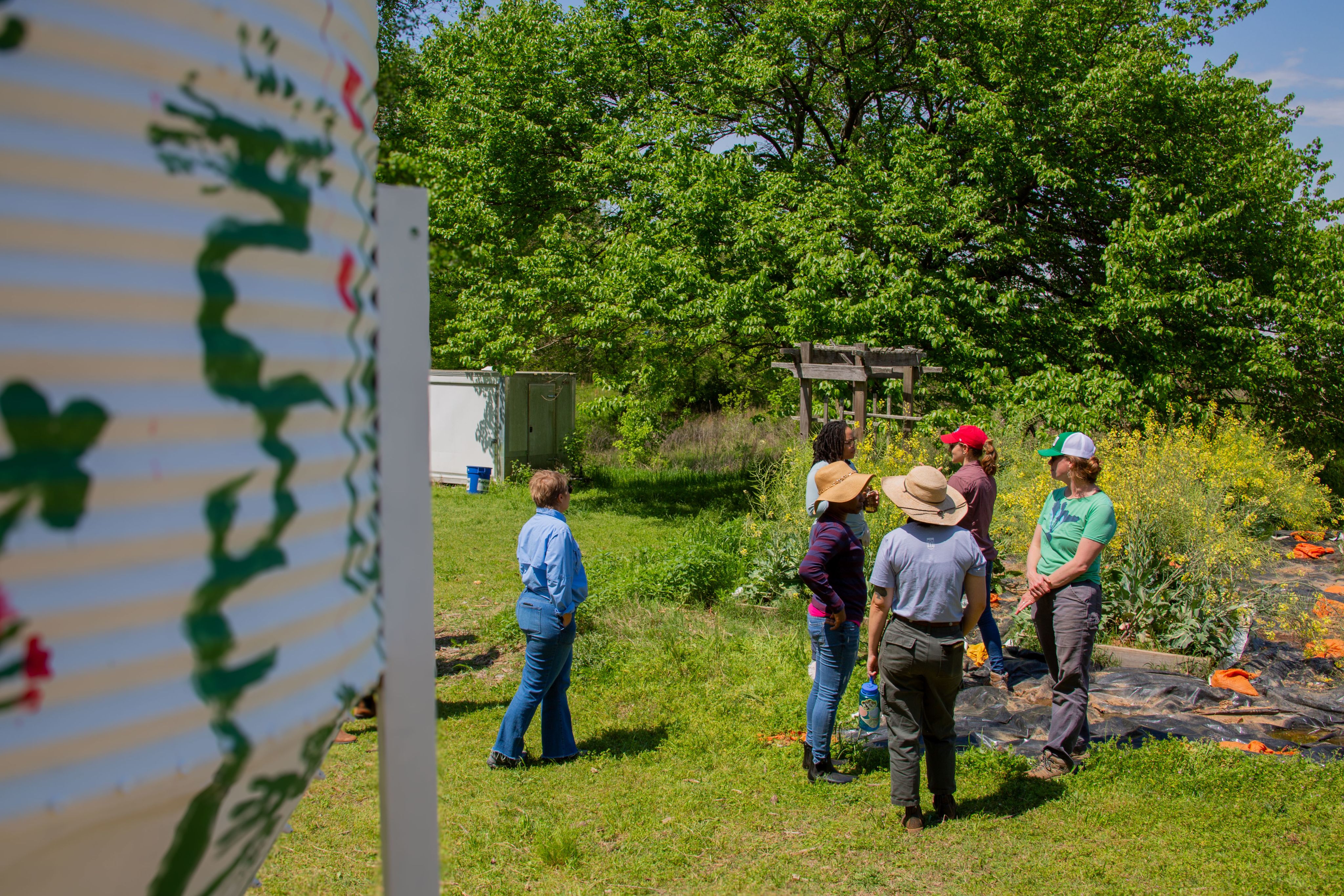
Community-led seed diversity
The seeds grown now are ultracrosses — descendants of grandparent generations of heirloom varieties. As these are grown in different environments, farmers and gardeners select for both performance and aesthetic traits, creating new regionally adapted heirloom varieties — an emergent and community-led evolution of seed diversity.
Thompson said this collaboration honors the roots established by the many collaborators who have laid the foundation of this work and has grown stronger through partnerships, which now include CAES and UGArden.
It's a full-circle approach, cultivating heirloom varieties, saving seeds, sharing expertise through field days, and returning seeds back to the communities where they'll continue to evolve.
Thompson believes research farms at land-grant universities, like UGArden, play a vital role in supporting projects like this.
"By leveraging our institution’s physical infrastructure and outreach network through Extension, we can help amplify community-led agricultural efforts and build trust in communities that might not have previously engaged with the university," she said.
"It's been wonderful to partner with Jenn and research farms across the country," said Smith, in reference to working with Thompson and UGArden. "This collaboration means more people are sharing and exploring the potential that a diverse population like the ultracross collards offers, enabling widespread distribution and furthering the project's impact."



